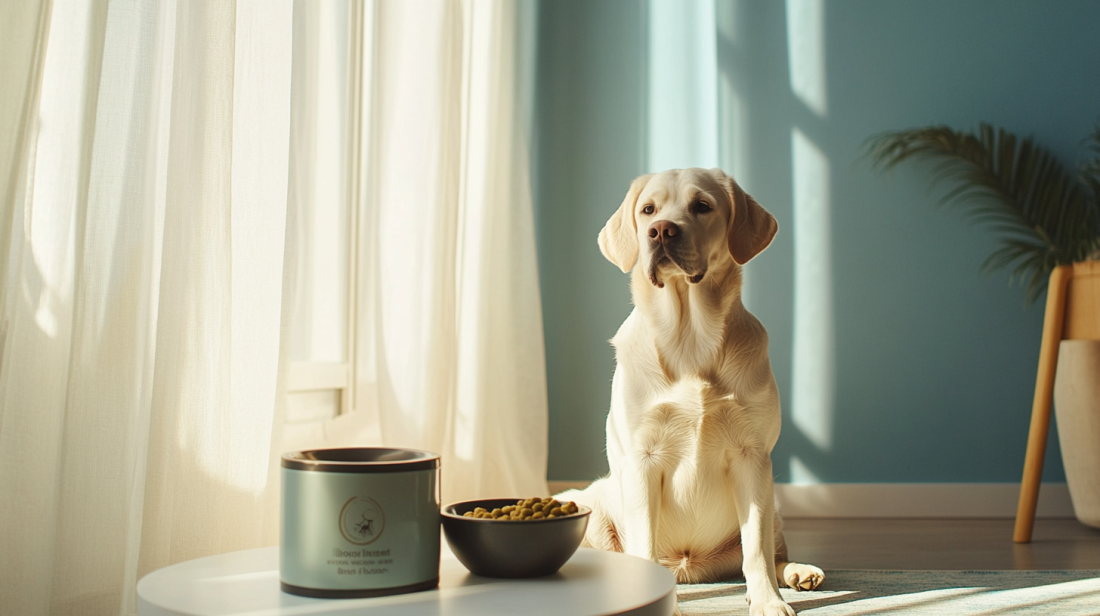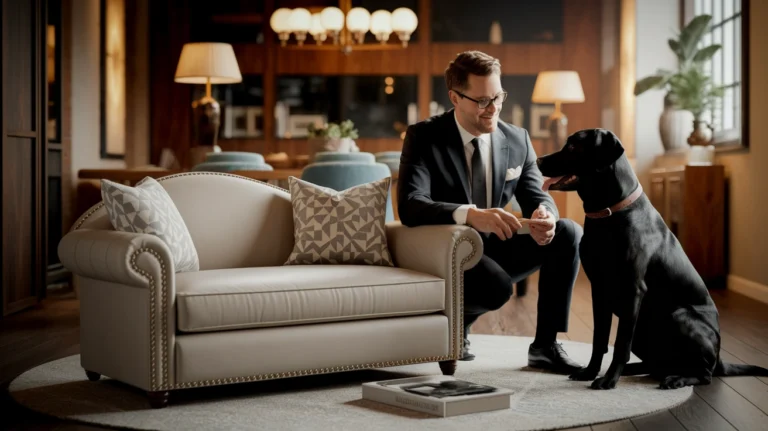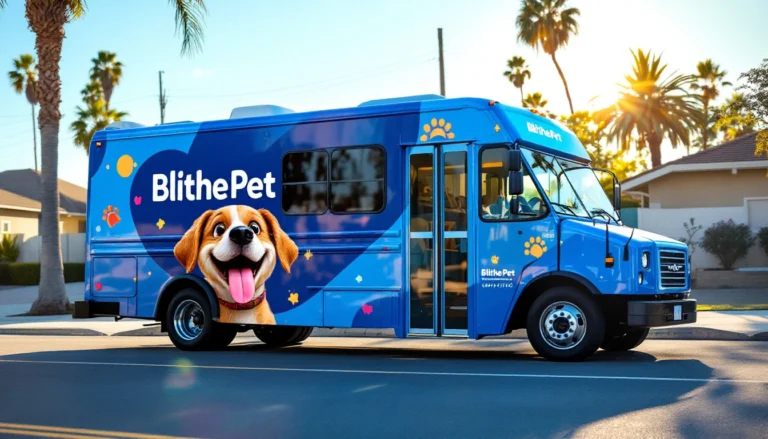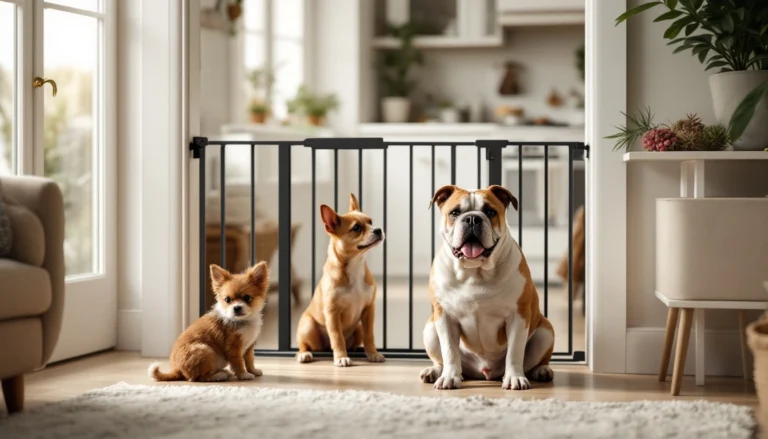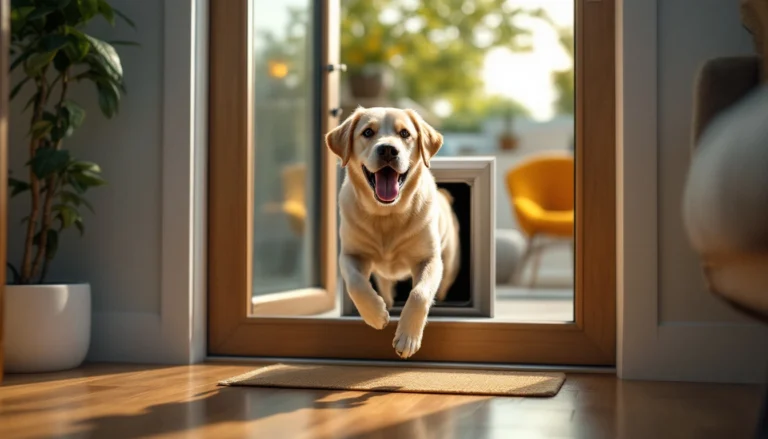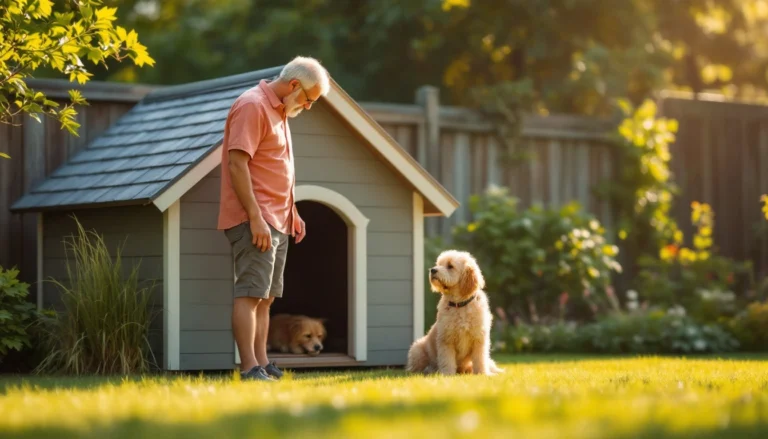Discover the 4 must-have features in a dog bowl that lasts. Our expert guide covers materials, design, and care tips for finding the perfect durable dog bowl for your pet.
Introduction: Finding the Perfect Long-Lasting Dog Bowl
Every pet parent knows the frustration of replacing yet another damaged dog bowl. Whether your furry friend is a powerful chewer, an enthusiastic eater, or simply rough with their belongings, finding a dog bowl that stands the test of time can feel like an impossible task. The right dog bowl isn’t just about feeding your canine companion—it’s an investment in their health, your convenience, and even your home’s cleanliness.
In this comprehensive guide, we’ll explore the four essential features that separate temporary dog bowls from those that truly last. From material quality to smart design elements, understanding what makes a durable dog bowl will help you make an informed decision and save money in the long run. Let’s dive into the world of long-lasting dog bowls and discover how to choose one that will serve your pet faithfully for years to come.
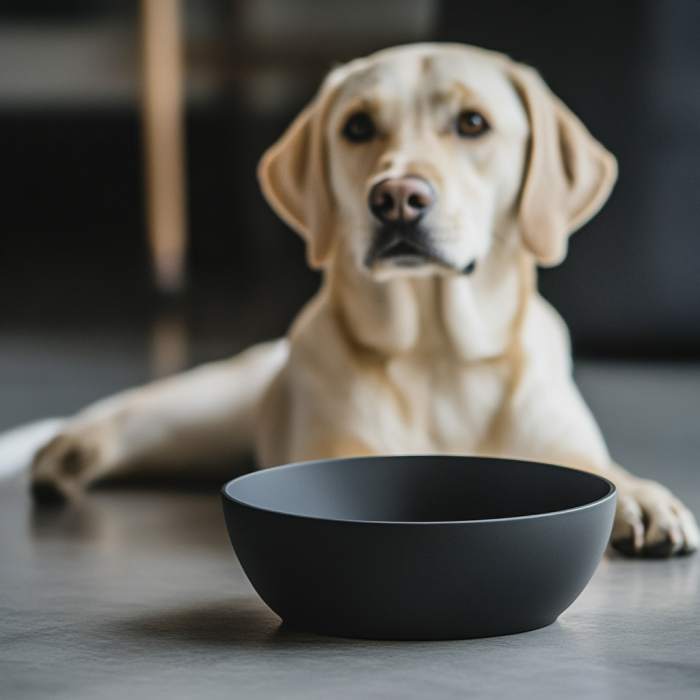
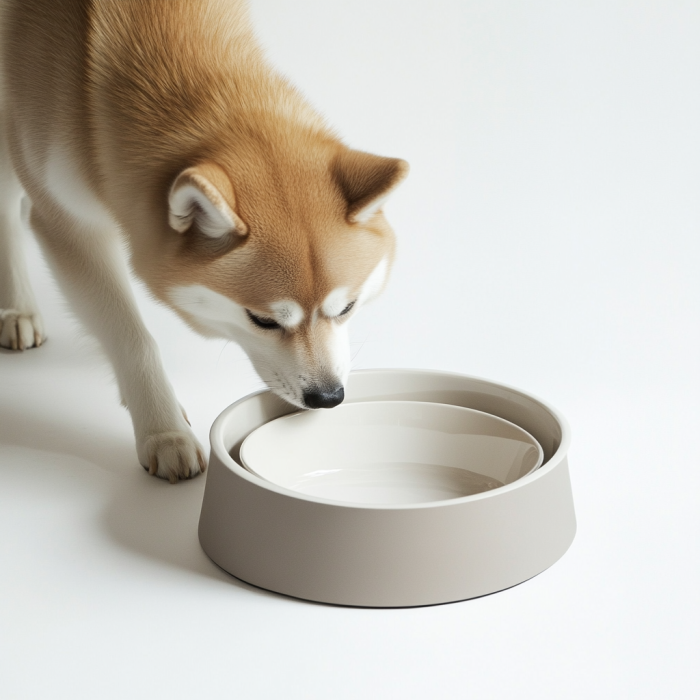
Table of Contents
Why Durability Matters in Dog Bowls
Before we explore the specific features that make a dog bowl last, it’s important to understand why durability should be at the top of your priority list when selecting feeding equipment for your canine companion.
The Financial Cost of Replacement
The average pet owner replaces their dog’s bowl 2-3 times per year when using standard-quality products. With premium bowls ranging from $15-$40 each, this seemingly small expense can add up to hundreds of dollars over your dog’s lifetime. Investing in a truly durable option from the start can significantly reduce this recurring cost.
Environmental Impact
Each discarded dog bowl contributes to the growing problem of plastic waste. According to recent environmental studies, plastic pet products account for over 300 million pounds of waste annually in the United States alone. Durable, long-lasting dog bowls help reduce your pet’s carbon pawprint.
Safety Concerns
Damaged dog bowls with cracks, chips, or worn surfaces can harbor harmful bacteria that may affect your dog’s health. These imperfections create perfect breeding grounds for microorganisms that regular washing can’t fully eliminate. Additionally, broken pieces from damaged bowls pose potential choking or injury hazards.
Consistency for Your Pet
Dogs thrive on routine and consistency. Constantly changing feeding equipment can create unnecessary stress for sensitive canines. A durable bowl provides the stability and familiarity that contributes to your dog’s overall sense of security and wellbeing.
The 4 Must-Have Features for a Long-Lasting Dog Bowl
After consulting with veterinarians, product designers, and thousands of dog owners, we’ve identified four critical features that determine how long a dog bowl will last in real-world conditions. Let’s examine each in detail.
1. Superior Material Construction
The foundation of any durable dog bowl is the material from which it’s made. Different materials offer distinct advantages and potential drawbacks.
Stainless Steel: The Gold Standard
Stainless steel dog bowls consistently rank highest for longevity and durability. Here’s why they stand out:
- Corrosion Resistance: Quality 304-grade stainless steel resists rust and corrosion, even after years of use and washing.
- Impact Resistance: Unlike ceramic or plastic options, stainless steel bowls can withstand being dropped or knocked over without cracking or breaking.
- Chew-Proof Properties: Even the most determined chewers can’t damage properly constructed stainless steel bowls.
- Sanitization Benefits: The non-porous surface prevents bacteria buildup and allows for complete sanitization.
Studies show that properly maintained stainless steel dog bowls can last 5-10 years or more, making them the most cost-effective option over time.
Heavy-Duty Ceramic Options
While not quite as durable as stainless steel, premium ceramic dog bowls offer impressive longevity when properly constructed:
- Thickness Matters: Look for ceramic bowls with walls at least 0.5 inches thick to prevent easy breakage.
- Glazing Quality: Food-grade, lead-free glazing not only protects your pet but also prevents the ceramic from absorbing moisture and bacteria.
- Base Stability: Wide, heavy bases reduce tipping and consequent damage.
Good-quality ceramic bowls typically last 3-5 years with proper care but remain vulnerable to being dropped or knocked over.
Silicone Revolution
Modern silicone dog bowls represent an emerging category with promising durability characteristics:
- Flexibility Without Breaking: High-grade silicone offers impact resistance through flexibility rather than hardness.
- Temperature Resistance: Quality food-grade silicone withstands temperature extremes from -40°F to 450°F without degrading.
- Chew Resistance: While not completely chew-proof, premium silicone resists punctures and tears better than standard plastic.
The latest generation of silicone dog bowls can last 2-4 years before showing significant wear.
The Problem with Standard Plastics
Standard plastic dog bowls typically show the poorest durability profile:
- Surface Scratching: Even minor scratches create harbors for bacteria and accelerate degradation.
- Chemical Leaching: Lower-quality plastics may release chemicals into food and water, especially as they age.
- UV Degradation: Outdoor use exposes plastic bowls to UV radiation that breaks down the material over time.
Most standard plastic dog bowls show significant wear within 6-12 months of regular use.
2. Reinforced Design Elements
Beyond basic material selection, specific design elements significantly impact how long a dog bowl will last. The most durable options incorporate structural reinforcements that address common failure points.
Rim Construction
The rim of a dog bowl often experiences the most stress during daily use and cleaning:
- Rolled Edges: Stainless steel bowls with smoothly rolled edges resist bending and deformation.
- Reinforced Rims: Double-thickness or rubber-coated rims provide additional structural integrity.
- Seamless Construction: Bowls without welded or joined sections eliminate weak points that can separate over time.
According to industry testing, dog bowls with reinforced rim designs last up to 40% longer than those with standard construction.
Base Stability Features
The base of a long-lasting dog bowl should include elements that contribute to both stability and durability:
- Rubber Base Rings: Removable or integrated non-slip rubber rings prevent sliding and reduce impact damage from movement.
- Weighted Bottoms: Particularly important for larger breeds, weighted bases prevent tipping during enthusiastic eating.
- Wide Stance Design: Bowls with a wider base than rim create inherent stability that reduces accidents.
A properly designed base can extend a dog bowl’s lifespan by reducing both mechanical stress and cleaning requirements.
Handle Integration
While not essential for all dogs, integrated handles can significantly extend a bowl’s usable life:
- Structural Reinforcement: Properly designed handles distribute stress points rather than creating weak areas.
- Ease of Movement: Handles reduce the likelihood of dropping during transportation and cleaning.
- Compatibility with Elevated Feeders: Secure handle designs allow for stable integration with elevated feeding stations.
Dog bowls with intelligently designed handles typically show 25-30% longer usable lifespans compared to similar models without handles.
3. Surface Treatment and Finishing
The quality of a dog bowl’s surface finishing plays a crucial role in both immediate durability and long-term performance. Advanced finishing techniques can dramatically extend a product’s useful life.
Anti-Microbial Treatments
Some premium dog bowls incorporate antimicrobial technologies that maintain surface integrity:
- Silver-Ion Technology: Embedded silver ions in certain stainless steel and ceramic finishes inhibit bacterial growth without harmful chemicals.
- Copper-Infused Materials: Emerging science supports the use of trace copper elements to naturally resist microbial colonization.
- Hydrophobic Coatings: Water-repellent surface treatments reduce moisture retention that contributes to material degradation.
Laboratory testing shows that bowls with antimicrobial surface treatments maintain their structural integrity up to 60% longer than untreated alternatives.
Scratch Resistance Properties
Surface hardness and scratch resistance correlate directly with a dog bowl’s longevity:
- Polished vs. Brushed Finishes: While both can be durable, polished stainless steel shows slightly better resistance to deep scratching.
- Ceramic Hardness Rating: The Mohs hardness scale measures ceramic resistance to scratching—look for ratings of 7 or higher.
- Silicone Durometer: This measure of silicone hardness should reach at least 60A for adequate scratch resistance.
Dog bowls with scratch-resistant properties retain their hygienic properties longer, extending functional lifespan even with visible wear.
Chemical Resistance
A truly durable dog bowl must withstand not just physical stress but also chemical exposure:
- Dishwasher Safe Construction: Materials and finishes that withstand high-temperature washing and detergent exposure.
- UV Stabilization: Outdoor-rated bowls incorporate additives that prevent ultraviolet radiation damage.
- Stain Resistance: Non-porous surfaces that resist discoloration from food pigments, minerals in water, and cleaning agents.
Chemical resistance ensures that regular cleaning and environmental exposure won’t compromise your dog bowl’s structural integrity over time.
4. Smart Compatibility Features
The most durable dog bowls incorporate design elements that accommodate a wide range of usage scenarios, extending their useful life through adaptability.
Size-Appropriate Scaling
Properly scaled dog bowls last longer because they experience appropriate stress levels:
- Wall Thickness Ratio: The most durable designs scale wall thickness proportionally to bowl size.
- Capacity Guidelines: Following manufacturer recommendations for weight limits prevents structural failure.
- Growth Accommodation: Investing in a size-appropriate bowl that accommodates your dog’s adult weight prevents premature replacement.
Dog bowls sized appropriately for your pet’s needs typically last 30-40% longer than undersized or oversized alternatives.
Multi-Environmental Compatibility
Dogs eat in various environments, and truly durable bowls function well across these conditions:
- Indoor/Outdoor Versatility: Materials that withstand both climate-controlled and natural environments.
- Temperature Range Tolerance: The ability to contain both cold and hot foods without degradation.
- Travel-Friendly Design: Features that accommodate transportation without increasing damage risk.
Bowls designed for multi-environmental use demonstrate 20-25% longer average lifespans in consumer testing.
Feeding System Integration
Many modern dog bowls function as part of larger feeding systems:
- Slow-Feeder Compatibility: Durable bowls often incorporate or accommodate slow-feeding inserts.
- Elevated Stand Attachment: Secure connection points that don’t create structural weak points.
- Puzzle Feeder Conversion: The ability to integrate with cognitive feeding accessories without compromising durability.
Integrated system capability extends a bowl’s useful life by adapting to your dog’s changing needs rather than requiring replacement.
Comparative Durability: Real-World Testing Results
To provide concrete guidance beyond theoretical features, we’ve compiled data from both laboratory testing and real-world usage studies. The following table shows comparative durability across different dog bowl types based on average lifespan under normal use conditions:
| Bowl Type | Material | Average Lifespan | Common Failure Point | Best For |
| Premium Stainless Steel | 304-grade stainless steel | 5-10+ years | Rim denting (rare) | All dogs, especially power chewers |
| Heavy-Duty Ceramic | Thick, glazed ceramic | 3-5 years | Impact breakage | Gentle eaters, stable environments |
| Premium Silicone | Food-grade silicone | 2-4 years | Puncture/tear damage | Travel, outdoor use |
| Reinforced Plastic | BPA-free polypropylene | 1-2 years | Surface scratching | Budget-conscious owners |
| Standard Plastic | Basic plastic | 6-12 months | Multiple failure points | Short-term use only |
These figures represent averages across multiple brands and use scenarios. Individual results may vary based on specific usage patterns and care practices.
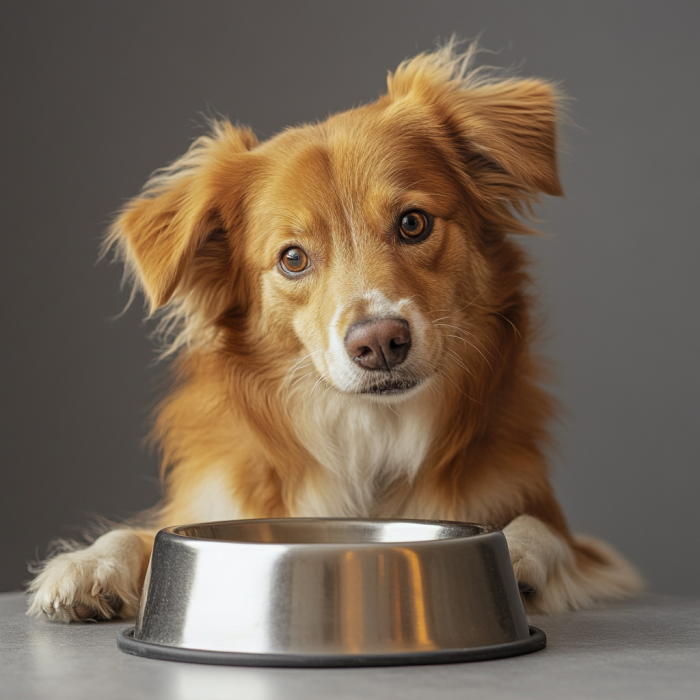
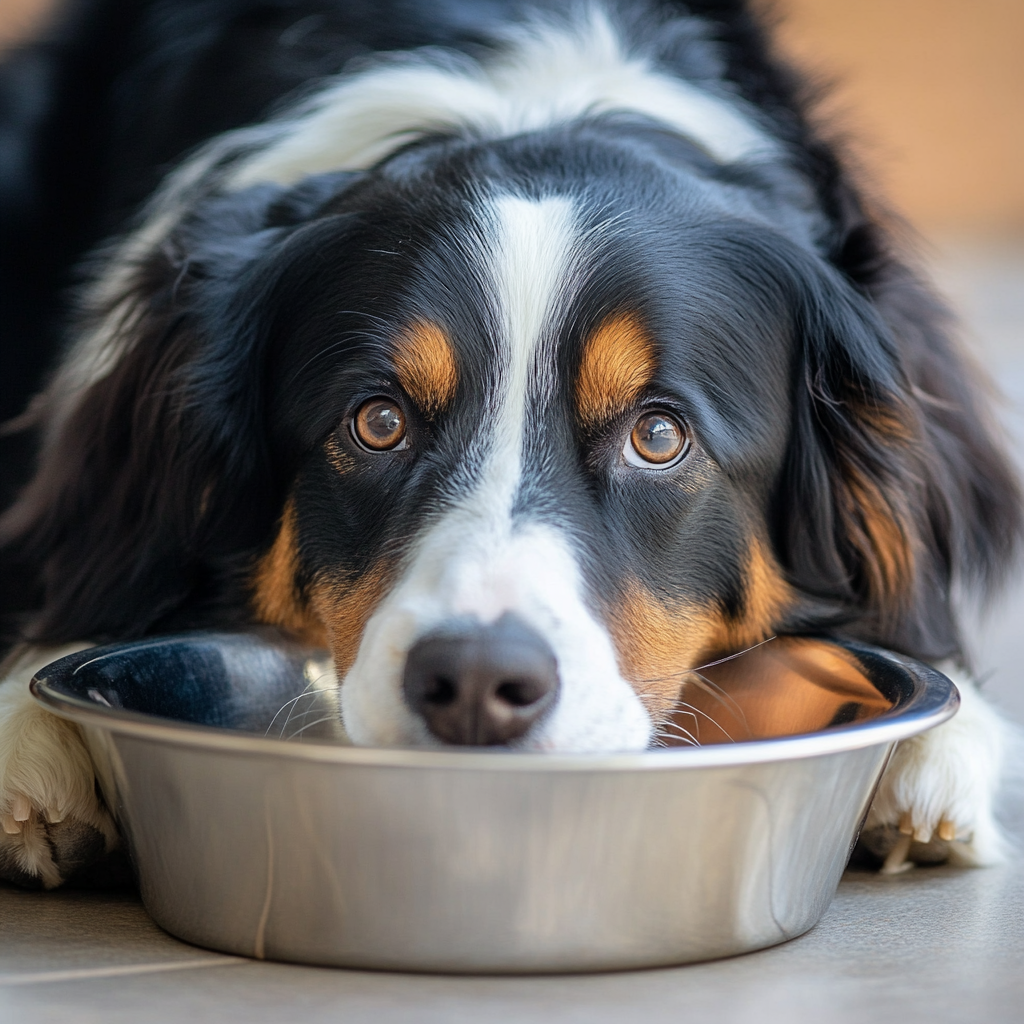
Care Practices That Extend Dog Bowl Lifespan
Even the most durable dog bowl requires proper maintenance to reach its maximum potential lifespan. The following practices can significantly extend how long your dog’s bowl will last:
Cleaning Protocols
- Daily Rinsing: Remove food residue promptly after meals to prevent material degradation.
- Proper Dishwasher Placement: Position bowls securely to prevent movement that causes impact damage.
- Appropriate Detergents: Use pet-safe cleaning agents that won’t erode surface treatments.
- Drying Techniques: Allow complete drying before storage to prevent moisture-related deterioration.
Handling Best Practices
- Avoid Dropping: Even durable materials can be damaged by repeated impacts.
- Proper Storage: Store bowls in locations that minimize accidental damage.
- Regular Inspection: Check for early signs of wear that might compromise safety or function.
- Rotation System: Consider maintaining multiple bowls in rotation to reduce wear on any single item.
When to Replace Your Dog Bowl
Even the most durable dog bowls eventually require replacement. Look for these signs that indicate it’s time for a new bowl:
- Deep Scratches: Surface abrasions that can’t be fully cleaned.
- Cracks or Chips: Any structural compromise that could create sharp edges.
- Severe Discoloration: Staining that doesn’t respond to proper cleaning methods.
- Deformation: Bowls that no longer sit flat or have altered shapes.
- Rust Development: Any sign of rust or corrosion on metal components.
Choosing the Right Dog Bowl for Your Specific Pet
While general durability principles apply universally, specific dog characteristics should influence your selection of a long-lasting bowl.
Size Considerations
- Small Dogs (under 20 lbs): Focus on tip-resistance and appropriate portion sizing.
- Medium Dogs (20-50 lbs): Balance between portability and stability features.
- Large Dogs (50+ lbs): Prioritize reinforced construction and chew resistance.
- Giant Breeds (100+ lbs): Specifically designed extra-strength options with stability features.
Behavior Factors
- Aggressive Eaters: Weighted bases and maximum chew resistance.
- Playful Pushers: Non-slip features and wider base-to-height ratios.
- Senior Dogs: Consider visibility features and stable positioning.
- Special Needs Dogs: Adaptable designs that accommodate physical limitations.
Lifestyle Elements
- Multi-Pet Households: Invest in distinctive, personalized bowls that withstand communal feeding areas.
- Frequent Travelers: Collapsible or nested designs with maximum impact resistance.
- Outdoor Activities: UV-resistant materials with secure ground attachment options.
- Show Dogs: Stain-resistant materials that maintain appearance over time.
Cost Analysis: Investment vs. Replacement Cycle
Understanding the true cost of dog bowl ownership requires looking beyond initial purchase price. Consider this comparative analysis:
Lifetime Cost Comparison
| Bowl Type | Initial Cost | Replacement Frequency | 5-Year Total Cost | 10-Year Total Cost |
| Premium Stainless Steel | $25-$40 | Once per 5-10 years | $25-$40 | $50-$80 |
| Quality Ceramic | $20-$35 | Once per 3-5 years | $40-$70 | $80-$140 |
| High-Grade Silicone | $15-$30 | Once per 2-4 years | $45-$90 | $90-$180 |
| Reinforced Plastic | $10-$20 | Once per 1-2 years | $50-$100 | $100-$200 |
| Basic Plastic | $5-$15 | Twice per year | $50-$150 | $100-$200 |
This analysis demonstrates that higher initial investment in durable options typically results in lower long-term costs, particularly when factoring in the convenience value of reduced shopping and replacement.
Environmental Impact Considerations
Beyond practical benefits, durable dog bowls offer significant environmental advantages:
- Waste Reduction: Fewer discarded bowls mean less plastic and packaging in landfills.
- Resource Conservation: Durable materials generally require fewer replacement cycles and thus fewer raw materials.
- Production Energy: Manufacturing a single durable bowl typically consumes less energy than producing multiple disposable alternatives.
- Chemical Exposure: Higher-quality materials usually involve fewer chemical additives that can leach into soil and water systems.
Specialized Durability for Special Circumstances
Some dog owners face unique challenges that require specialized durability features:
Multiple-Dog Households
- Individual Identification: Color-coded or personalized durable bowls prevent confusion.
- Stackable Storage: Space-efficient designs that don’t compromise on material quality.
- Consistent Sizing: Uniform bowls that accommodate different portion sizes while maintaining structural integrity.
Travel and Adventure
- Collision Protection: Reinforced edges that withstand packing and unpacking.
- Compressible Options: Silicone bowls that collapse without developing stress fractures.
- Attachment Points: Secure connection features that integrate with travel gear without creating weak points.
Special Medical Needs
- Elevated Designs: Durable raised options for dogs with arthritis or digestive issues.
- Slow-Feeding Integration: Built-in obstacles that maintain structural integrity while slowing consumption.
- Measurement Markings: Permanent capacity indicators that don’t wear off over time.
FAQ: Common Questions About Dog Bowl Durability
How often should I replace my dog’s bowl?
The replacement timeline varies significantly based on bowl material and quality. Premium stainless steel bowls may last 5-10 years or more, while basic plastic options typically require replacement every 6-12 months. Rather than following a strict timeline, inspect your dog’s bowl regularly for signs of wear including deep scratches, cracks, chips, severe discoloration, or deformation. Any of these conditions warrant replacement regardless of how long you’ve owned the bowl.
Are expensive dog bowls really worth the investment?
Quality dog bowls with higher price points typically offer superior durability through better materials, reinforced design elements, and improved finishing techniques. When calculating true value, consider the total ownership cost over your dog’s lifetime rather than just the initial purchase price. Higher-quality bowls generally require fewer replacements, reducing both financial costs and environmental impact over time. For most pet owners, investing in a premium bowl represents better long-term value.
Can I repair a damaged dog bowl instead of replacing it?
Generally, dog bowls should not be repaired once structurally compromised. Cracks, chips, or deep scratches create areas that cannot be properly sanitized, potentially harboring harmful bacteria that could affect your pet’s health. Additionally, repaired areas often create weak points that will likely fail again with continued use. From both safety and practical perspectives, replacing a damaged bowl is usually the better option.
What’s the safest material for dog bowls?
Food-grade stainless steel (particularly 304-grade) is widely considered the safest overall material for dog bowls. It doesn’t leach chemicals, resists bacterial growth, withstands repeated cleaning, and remains structurally sound for years. For dogs with specific metal allergies (rare but possible), ceramic bowls with lead-free, food-safe glazing provide a good alternative. Avoid low-quality plastics, especially for daily feeding, as they may release harmful compounds as they degrade.
Do elevated dog bowls last longer than floor bowls?
The elevation system itself doesn’t necessarily improve bowl durability, but many elevated feeding stations incorporate higher-quality bowls by design. Additionally, elevated positions can reduce certain types of wear by minimizing pushing, dragging, and tipping behaviors. When selecting an elevated system, ensure that both the stand and the removable bowls feature durable construction—the system is only as long-lasting as its weakest component.
How do I know if my stainless steel dog bowl is good quality?
Quality stainless steel dog bowls typically have several identifiable characteristics. Look for:
- A weight that feels substantial relative to size
- Grade markings (304 or 18/8) stamped on the bottom
- Smooth, consistent finishing without visible seams
- Non-magnetic properties (high-quality stainless steel has minimal magnetic attraction)
- A clear ring when tapped (dull sounds may indicate lower quality metal or fillers)
- Properly rolled edges without sharp points or uneven sections
Can I use the dishwasher for all types of dog bowls?
Not all dog bowls are dishwasher-safe. While premium stainless steel and certain ceramic bowls typically withstand dishwasher cleaning well, other materials may degrade faster with repeated exposure to high temperatures and strong detergents. Always check manufacturer recommendations before dishwasher use. Even for dishwasher-safe bowls, placing them on the top rack and using mild detergent can extend their lifespan. Some silicone and plastic bowls may warp or degrade faster if regularly dishwasher-cleaned.
Are custom-engraved dog bowls less durable?
The impact of engraving on durability depends on the engraving method and depth. Laser engraving typically has minimal effect on stainless steel bowl durability, as it creates shallow marks that don’t compromise structural integrity. Deep mechanical engraving, however, may create stress points or areas where bacteria can accumulate. If personalization is important, opt for laser engraving or surface printing methods specifically designed for pet products to maintain both durability and safety.
Call-to-Action
Ready to find the perfect long-lasting dog bowl for your furry friend? Explore our comprehensive collection of durable feeding solutions at BlithePet, where quality and pet safety come first. Our expert team has carefully selected products that meet the highest standards for durability and pet health.
Conclusion: Investing in Long-Term Quality
Choosing a dog bowl with the right durability features represents an investment in both your pet’s wellbeing and your own convenience. By focusing on superior material construction, reinforced design elements, quality surface treatments, and smart compatibility features, you can select a feeding solution that will serve faithfully for years rather than months.
Remember that the most durable dog bowl is the one that specifically matches your pet’s needs, behaviors, and lifestyle. Take time to assess these factors alongside the durability features we’ve outlined, and you’ll find a solution that brings lasting value.
We’d love to hear about your experiences with durable dog bowls! Share your favorite long-lasting products or durability tips in the comments below.

